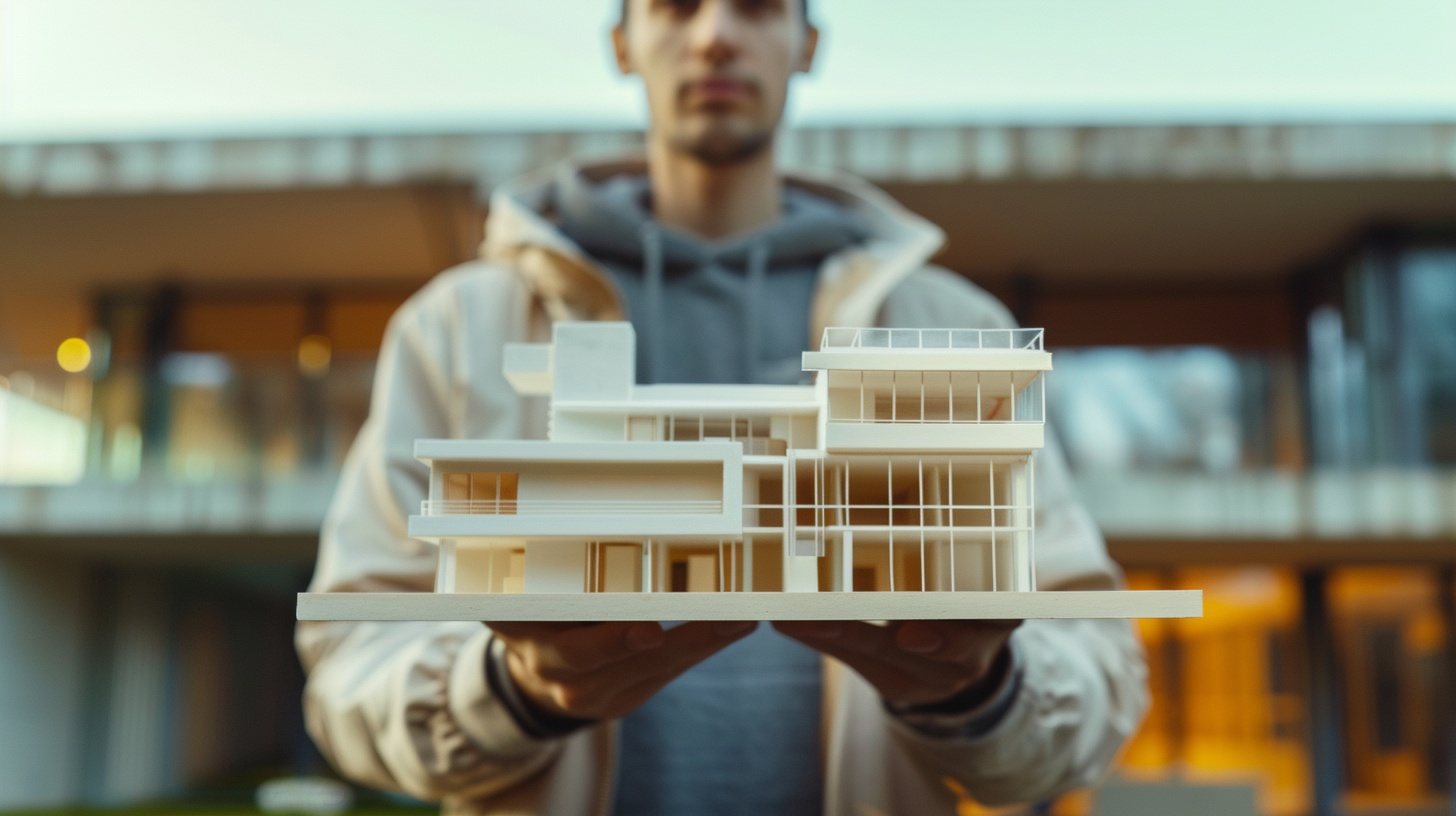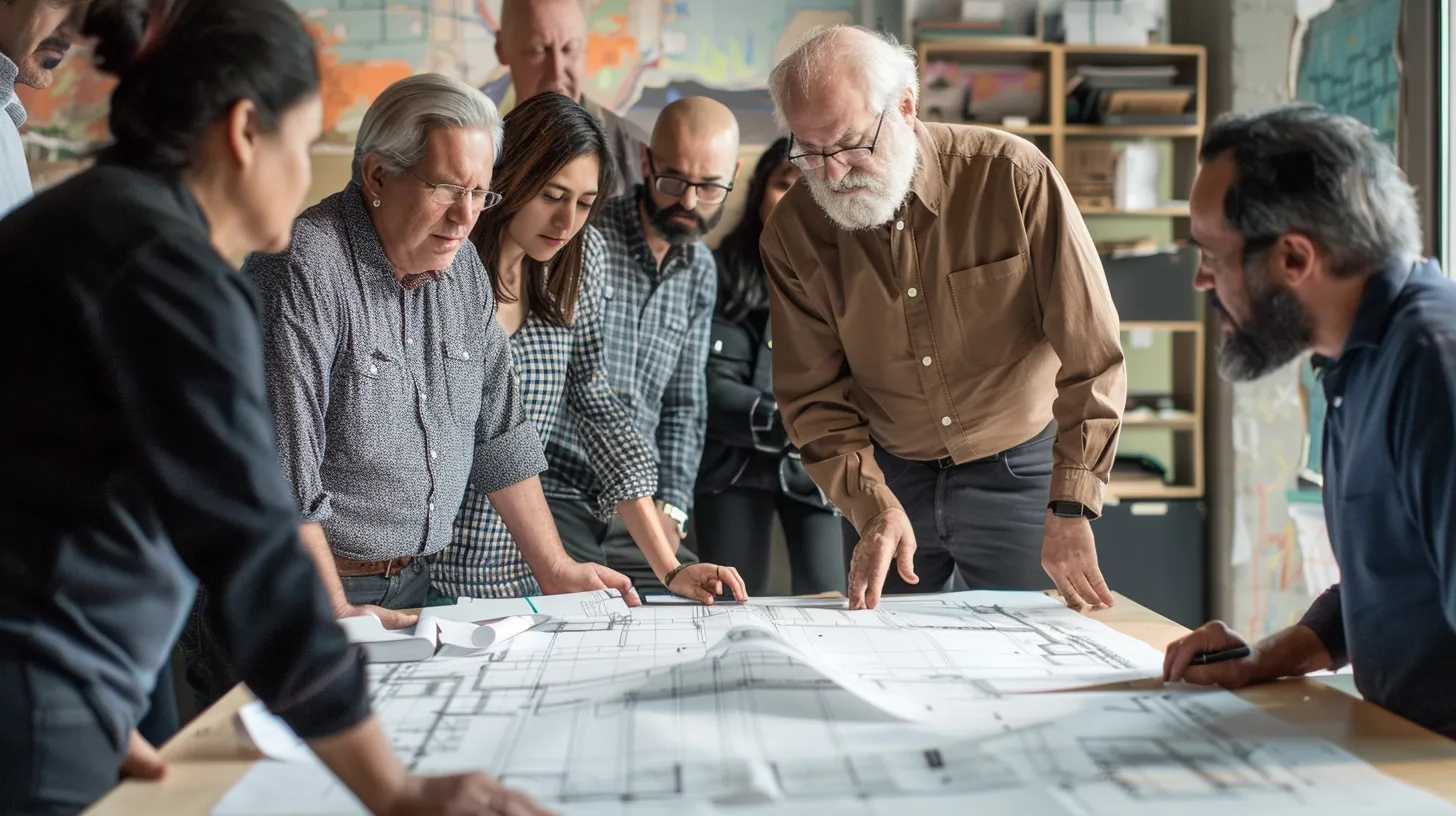
Role of Community Engagement in Architectural Projects

In the realm of architecture, the phrase “Role of Community Engagement in Architectural Projects” encapsulates a pivotal aspect of design that transcends mere blueprints and structures. It speaks to a philosophy that recognizes the profound impact community involvement can have on shaping our built environment. From towering skyscrapers to cozy neighborhood parks, every architectural endeavor is a testament to the collaboration between architects and the communities they serve.
Community Engagement Is More Than What Meets The Eye
Community engagement isn’t just a buzzword in architectural circles; it’s a fundamental principle that underpins the very essence of thoughtful design. It goes beyond aesthetics and functionality, delving into the intricate web of human interactions, aspirations, and needs. At its core, community engagement in architectural projects seeks to bridge the gap between the vision of designers and the lived experiences of those who inhabit the spaces they create.
But why is community engagement so important in architectural designs and projects? The answer lies in the profound impact it has on the design process itself. By involving community members from the outset, architects gain invaluable insights into the unique cultural, social, and practical considerations that shape a locality. This participatory approach not only leads to more inclusive and responsive designs but also fosters a sense of ownership and pride among residents.
Importance Of Community Engagement In Architectural Design
Community engagement isn’t merely a checkbox to be ticked off in the design process; it’s a dynamic and ongoing dialogue that informs every stage of development. Architects who embrace community engagement as a cornerstone of their practice understand that the best designs emerge from collaboration, not dictation.
Community Gets To Give Its Preferences and Needs
Consider, for instance, the benefits of involving residents in the planning of public spaces such as parks or community centers. By soliciting input from diverse stakeholders, architects can tailor their designs to meet the specific needs and preferences of the community. This might involve incorporating wheelchair ramps for accessibility, installing amenities for children and families, or preserving green spaces cherished by locals.
Fewer Mistakes
Moreover, community engagement serves as a safeguard against the pitfalls of disconnected design. Too often, architectural projects proceed without adequate consultation with the people who will ultimately inhabit them, resulting in sterile environments devoid of character or functionality. By contrast, projects rooted in community engagement are imbued with a sense of authenticity and relevance that resonates with residents on a visceral level.
In our experience as an architects, we’ve witnessed firsthand the transformative power of community engagement. Whether revitalizing urban neighborhoods or designing educational facilities, the input and enthusiasm of local communities have consistently elevated the quality and impact of our projects.
Empowerment and Sustainability
Beyond its immediate impact on design outcomes, community engagement in architectural projects holds the potential to foster broader social empowerment and sustainability. By involving residents in decision-making processes, architects empower communities to advocate for their own interests and aspirations.
Furthermore, community engagement lays the groundwork for long-term sustainability by fostering a sense of stewardship and responsibility for the built environment. When residents feel invested in the spaces they inhabit, they are more likely to take ownership of them, preserving and maintaining them for future generations.
Final Word
The role of community engagement in architectural projects cannot be overstated. It is a linchpin that holds together the intricate tapestry of design, culture, and community. As we look to the future of architecture, let us embrace community engagement not as a trend or a nicety, but as an essential principle that enriches our cities, neighborhoods, and lives.
If you’re ready to embark on your architectural planning journey and harness the power of community engagement, don’t hesitate to reach out to us at Designs Boss. Together, we can create spaces that inspire, uplift, and unite communities for generations to come.
Latest

What Makes a Good Architectural University

What Are The Most Beautiful Bridges Ever Designed

